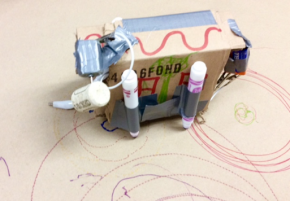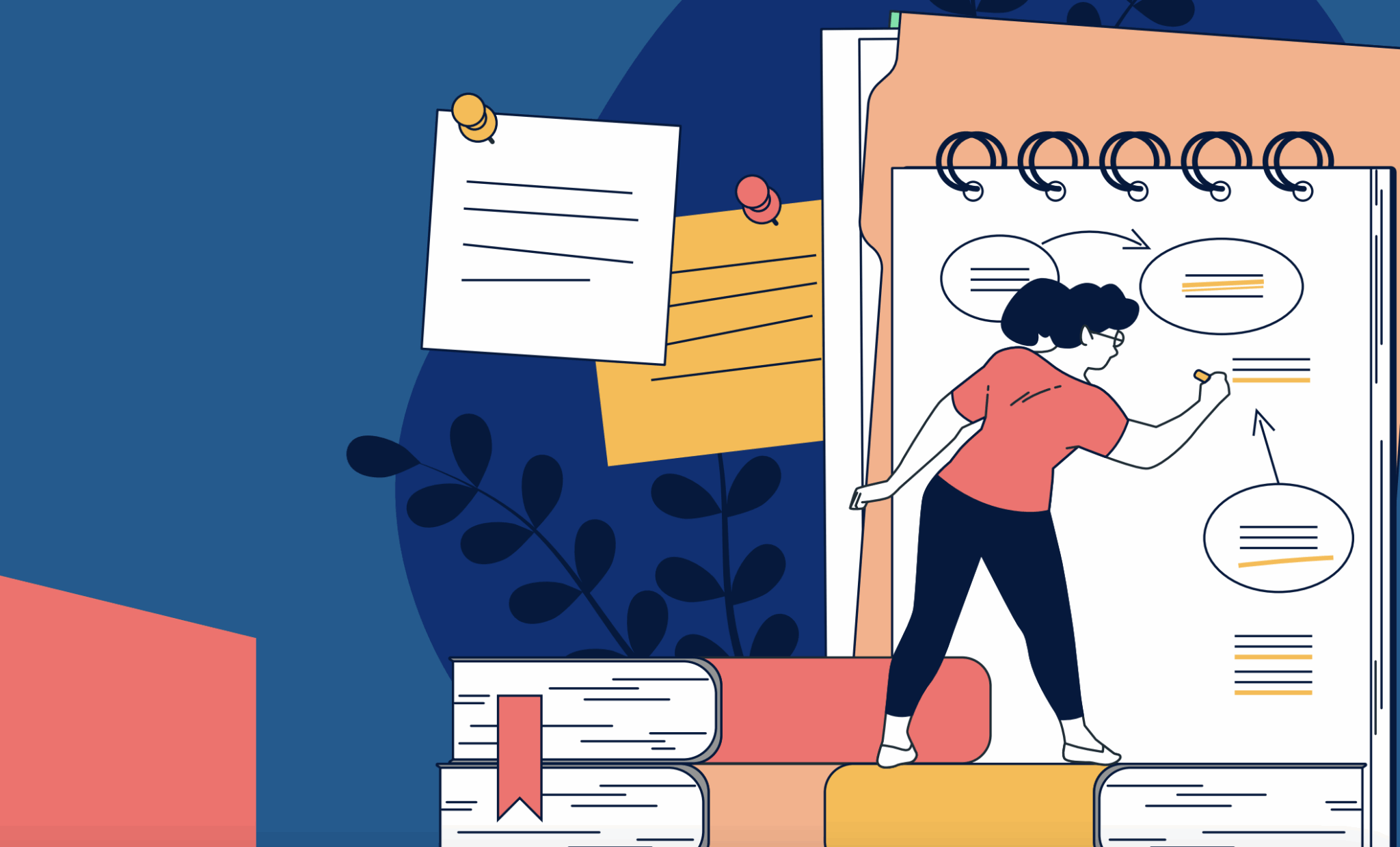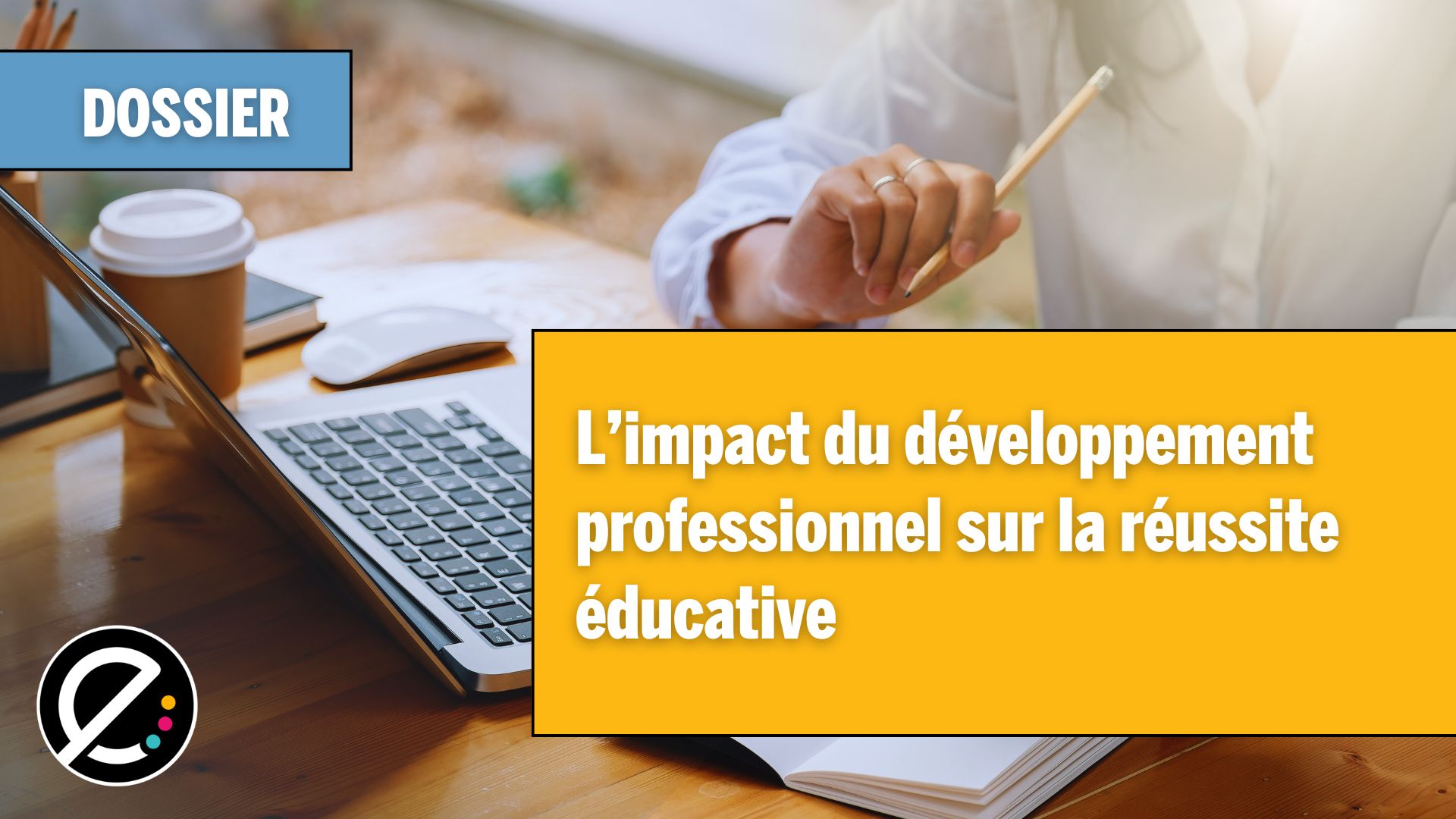Le 15 septembre, Learn Québec recevait un groupe d’éducateurs comprenant enseignants, directions d’école, conseillers pédagogiques et animateurs MakerSpace.
Cette journée d’exploration pratique, qui marquait le début de la saison scolaire 2017/2018, s’est déroulée au phénoménal Open Creative Space. Elle a permis aux participants d’accéder à une incroyable quantité de ressources ainsi que de s’initier à leur usage. L’accueil y était chaleureux et les participants, curieux et enthousiastes.
Le concept d’espace créatif
Learn Québec définit le concept d’espace créatif comme un lieu où se rejoignent la tête, le cœur et les mains de la personne. C’est un lieu où science et créativité s’assemblent pour faire émerger l’éveil à l’esprit STEAM (Science, Technology, Engineering, Art & Mathematics). Un espace créatif s’inspire à la fois de la culture Maker et du concept de Art Hives, connu aussi sous le nom français La Ruche d’art, au sein de l’acte de création qui est une caractéristique proprement humaine.
S’ouvrir à l’esprit Maker
Après avoir exprimé individuellement leurs attentes envers cette journée d’exploration, c’est par la lecture du joli livre Quel génie ! d’Ashley Spires que les participants ont été éveillé à l’esprit Maker. Cet album illustré raconte l’histoire d’une jeune fille très inventive qui décide un beau matin de créer un objet grandiose. Elle se lance dans la création d’une quantité d’objets, mais aucun ne lui semble à la hauteur. Frustrée de ses échecs et en colère, elle accepte d’aller se promener avec son chien, qui est aussi son meilleur ami. Ce n’est qu’au retour de sa promenade qu’elle réalise que chacune de ses créations porte en fait un élément de cet objet grandiose qu’elle rêve de fabriquer.
Cette histoire cherche à orienter la pensée des participants vers l’importance du jeu dans le processus de création mais aussi vers la nécessité de prendre du recul, d’accepter l’imperfection et de développer une attitude de patience et de persévérance.
En d’autres mots, l’esprit Maker propose d’apprendre différemment.
Le menu de la journée
Un impressionnant buffet était offert aux participants : deux salles, quatre tables couvertes d’une panoplie de produits et matériaux (Lego WeDo et Mindstorms, Dash et Dots, accès à Scratch, MakeyMakey, LittleBits, Snap Circuits, Ozobots, RasberryPi), deux plans de travail ainsi que des tables de bricolage. Les apprentis-Makers avaient la liberté de choisir parmi ces nombreux dispositifs pour relever les défis auxquels ils avaient envie de s’attaquer.
La première activité que j’ai choisie consistait à construire un robot « lowtech » ayant la capacité de dessiner. N’ayant peu de talent pour le bricolage, mais beaucoup pour l’exploration, j’ai d’abord conçu un objet peu attrayant. Un laid succès traçant de lui-même des cercles à partir des crayons qui lui servent de pattes. J’ai appris lors de cet exercice à améliorer mon prototype de départ pour le rendre fonctionnel et être en mesure, par la suite, d’en refaire une version plus jolie et plus solide.

Pour ma deuxième activité, j’ai décidé d’explorer les circuits car il y avait longtemps que je voulais utiliser ces rubans métalliques adhésifs. Contrairement à mes habitudes d’utiliser la bonne vieille technique d’essai et erreur, j’ai commencé par feuilleter le livre d’instructions. Cependant, même à partir du schéma proposé par le livre, cette activité s’est révélée être une suite d’erreurs menant finalement au succès illustré sur la photo. Le bonheur !

Sans vouloir généraliser les observations suivantes tirées de mon expérience, je dois admettre qu’au départ, je n’ai pas réfléchi à ce qu’était un circuit électrique. J’ai plutôt plongé dans l’activité en effectuant un montage à la suite de l’autre comme si mes connaissances préalables n’existaient pas. Est-ce que cette manière de faire était appropriée ? Avec le recul, je me demande si je ne cherchais pas à commettre toutes les erreurs possibles pour explorer les possibilités du matériel et bien cerner le sujet.
Learn Québec : apprendre individuellement et collectivement
Je considère avoir beaucoup appris lors de cette journée. Sur moi-même, mais surtout sur le potentiel du travail d’équipe qui permet aux participants d’échanger sur leurs expériences et de s’enrichir de celles des autres.
Je termine avec cette phrase de Thomas, l’un des conseillers pédagogiques de Learn Québec : « Apprendre c’est acquérir quelque chose de neuf, une nouvelle information, un nouveau savoir que je peux utiliser dans un contexte différent ».
Si je connaissais la théorie du circuit électrique, ce n’est qu’aujourd’hui que je me sens compétente, voire imbattable dans l’art d’en bâtir un.






